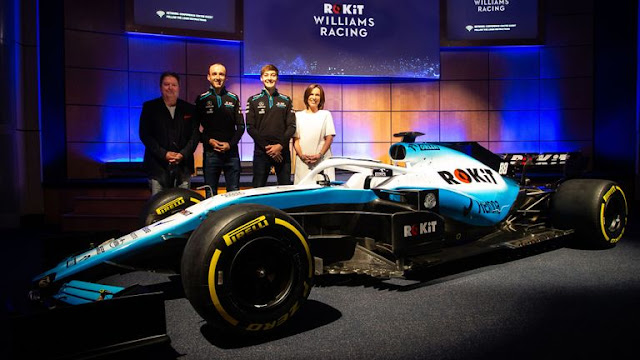Formula One Race Car Design Features
Formula One Race Car Design Features: Formula One racing is one of the most popular motor sports in the world. What makes Formula One race over the others is the strict rules of Formula One. Most of the regulations relating to the construction of racing cars and failure to follow the rules will result in elimination. The construction of a Formula One racing vehicle must enable the fastest speed and the best handling capability combined with effective safety features. Today's Formula One cars push it to its limit.
 |
| Formula One Race Car Design Features |
To get maximum speed and fuel efficiency, a car builder, or constructor, relies on an aerodynamic design. These cars have many aerodynamic designs as fighter jets. However, unlike airplanes, Formula One racing constructors must find ways to make downforce. This strength is needed to keep the tires on track at high speeds and improve handling at corners. At the same time the design needs to allow air to flow freely around the car to remove obstacles that will reduce speed or fuel efficiency. Today a Formula One race car is designed to create downforce aerodynamics in such a way that theoretically they can drive upside down.
The high speed requested by Formula One racing requires an effective method to slow down or stop car racing. The brakes used in Formula One cars are similar to the brakes used on standard street cars. Formula One cars have disc brakes. The main difference between the brakes used for Formula One racing and those in road vehicles is that Formula One vehicles use composite carbon fiber brake discs to reduce weight and increase durability at higher temperatures. They are used in combination with special brake pads and work well at very high temperatures.
The main part of the Formula One racing car is monocoque. This section holds the cockpit and functions as the center of the chassis. Both the engine and the front suspension are mounted on the monocoque. Because it operates in the cockpit and the main structure of the car's strength is important. Most monocoque structures consist of carbon fiber. Cockpit, also called cell survival, is designed with various safety features.
A powerful but lightweight engine is the key to the success of Formula One racing. FIA regulations now require machines to last more than one race on weekends. This requires constructors to develop machines that will be durable and high performance. Engine failure was the main reason for the early termination of the race in Formula One racing.
What is equally emphasized during the Grand Prix is ??a racing car transmission system. The rules of Formula One racing do not allow for automatic transmission in a race car. The current transmission is very automatic and easy to manipulate the driver but still a manual transmission.
Also important for Formula One racing car designs is the suspension system. Passenger vehicles rely on suspension for comfort. Formula One cars are not designed with the driver's comfort in mind. The suspension system in these cars must successfully combine engine power, downforce and tire grip to make the car faster. The suspension system can be adjusted manually and adjusted to meet the needs of each circuit.
The final key to a successful racing car is tires. In 2007, only one tire supplier was approved for Formula One racing. Formula One racing tires use a special high-nitrogen air mixture to maintain uniform and durable tire pressure. Constructors of Formula One cars must pay special attention to every detail to get the best performance from their cars.

EmoticonEmoticon